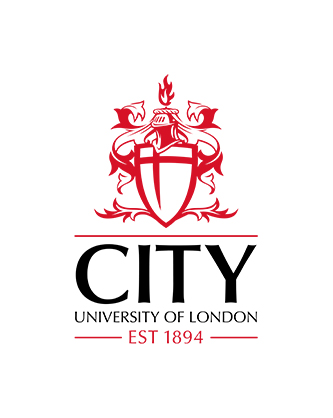Optimal management of a renewable resource in a multispecies ecosystem
Mohamed, N. B. H. (1989). Optimal management of a renewable resource in a multispecies ecosystem. (Unpublished Doctoral thesis, The CIty University)
Abstract
A bioeconomic model comprising a biological and economic submodels was constructed to illustrate the harvesting of the interdependent self-renewable natural resource in a multispecies ecosystem. The biological submodel describes the population dynamics of a finite number of interdependent self-renewable resources while the economic submodel describes the economics and dynamics of the exploitation process. A harvest (production) function which is capable of accommodating any finite number of economic inputs links these two submodels.
Three biological interspecies relationships — predator-prey, competitive and symbiotic — were briefly analysed, followed by the formulation of a dynamic multispecies optimization model with the objective of maximizing the total present value subject to the population dynamics of the biological submodel. By applying the optimal control theory, the optimiza-tion problem was reduced to an initial-value problem involving a system of nonlinear first order ordinary differential equations.
Two measures of fishing effort — the hours fishing and ton-hours fishing — and nine main commer-cial fish species comprising of six demersal and three pelagic species from the North Sea commercial harvests were chosen to illustrate the model. Results obtained suggested that the ton-hours fishing is a less satis-factory measure of fishing effort than the popular hours fishing. No optimal policy was obtained for the model. However, a suboptimal policy generated by the model includes elimination of some species, harvesting some species at their bioeconomic equilibrium levels, harvesting some species at some economically profitable levels and periodic harvesting of some species.
Contrary to some results obtained by others for a single species model, the suboptimal approach paths obtained in this nonlinear multispecies model do not involve radical measures such as maximum harvesting and zero harvesting. The transitions from the initial levels to the long run suboptimal equilibrium levels follow a relatively 'smooth' approach paths with the possibility of 'overshooting' and/or 'undershooting' the suboptimal levels in the early periods.
Some fishery regulations and issues at national and international levels were also briefly examined.
| Publication Type: | Thesis (Doctoral) |
|---|---|
| Subjects: | H Social Sciences > HB Economic Theory Q Science > Q Science (General) Q Science > QH Natural history > QH301 Biology S Agriculture > SH Aquaculture. Fisheries. Angling |
| Departments: | School of Science & Technology School of Science & Technology > School of Science & Technology Doctoral Theses Doctoral Theses |
Download (141MB) | Preview
Export
Downloads
Downloads per month over past year


 Metadata
Metadata Metadata
Metadata